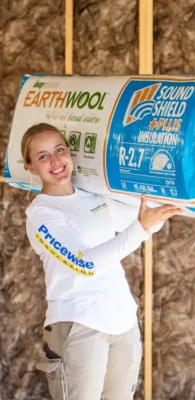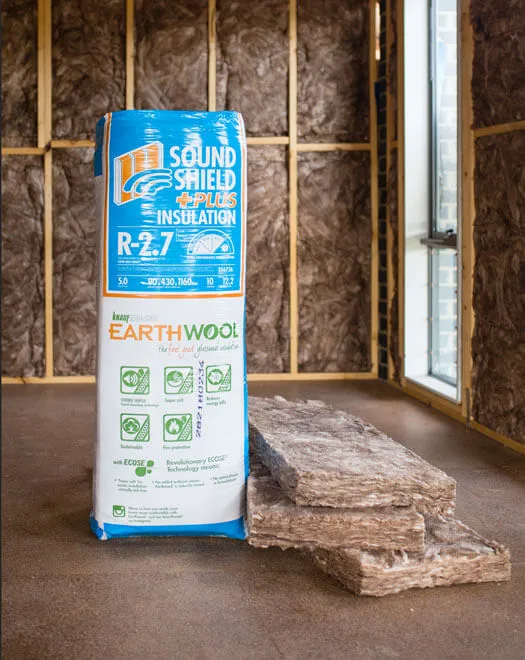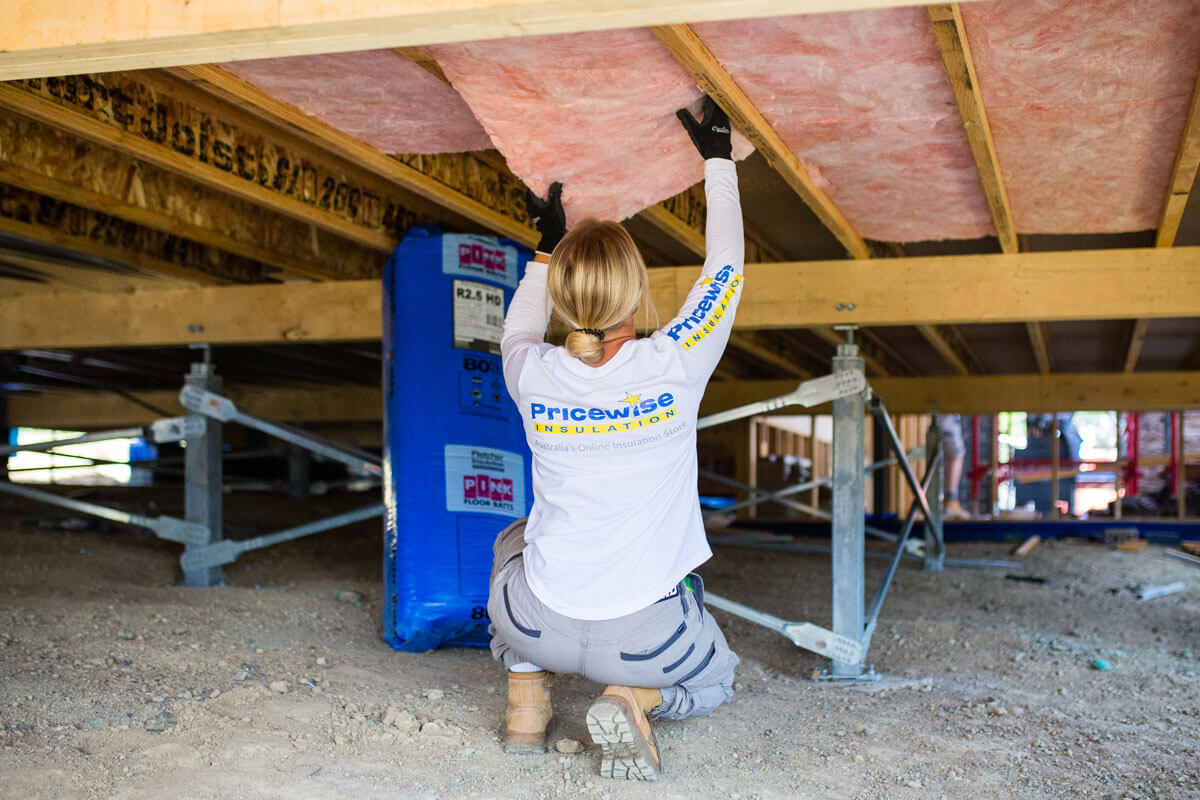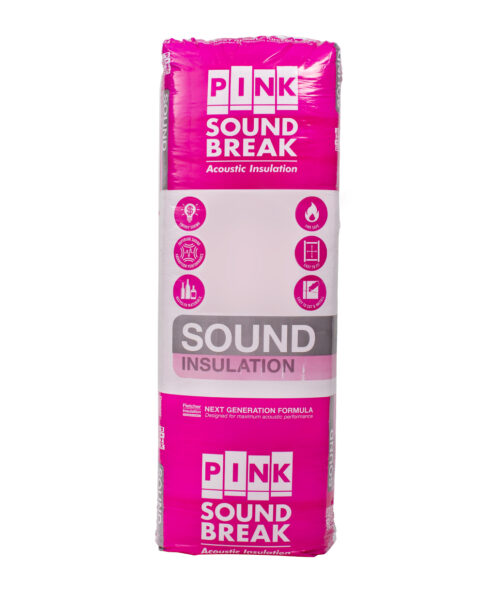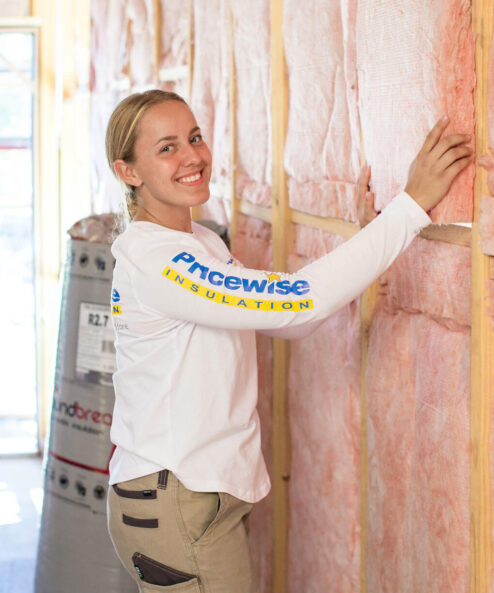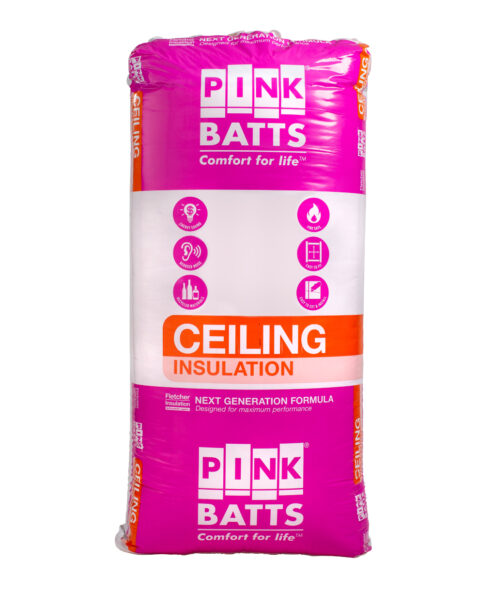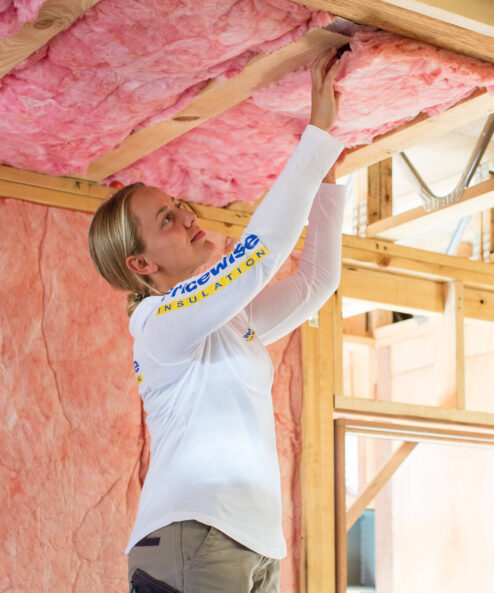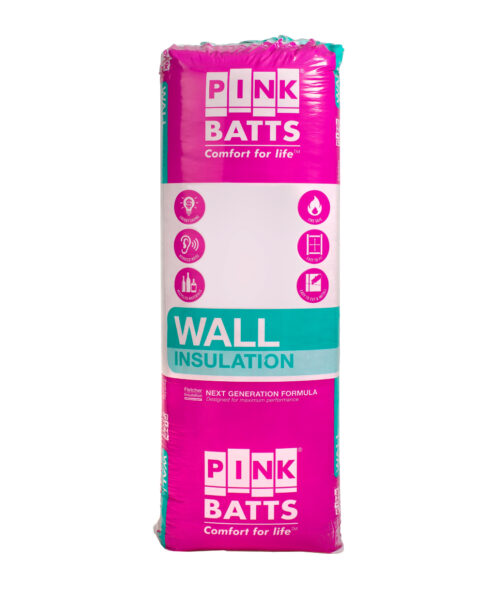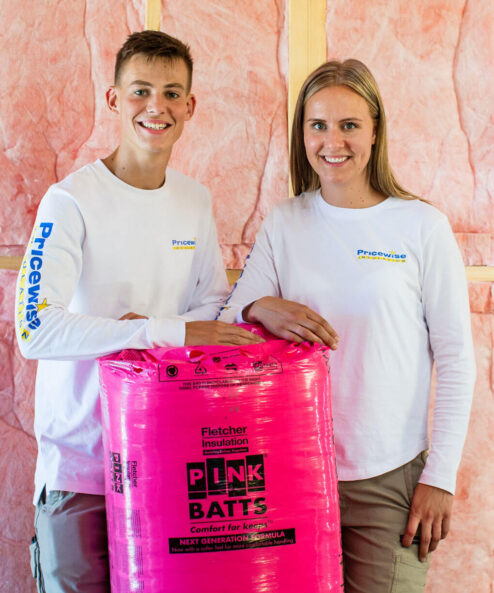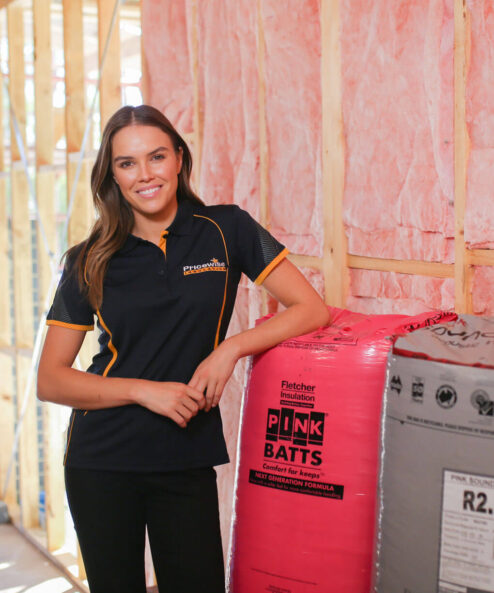Insulation Tips
A Safety-First Approach to Insulation
Safety at work is more than wearing safety glasses whilst using a grinder or wearing hi-vis on a building site. It needs to become a culture, something that all workers think about every day, in order to reduce the risk of accidents and ensuring everyone goes home safely at the end of each day.
Installing insulation is no exception. There are a myriad of hazards that an insulation installer can face throughout a day on the job and a moment’s carelessness in this area could result in an accident happening that could have been avoided. Being alert to one’s surroundings and taking time to step back and evaluate the situation in question can be all that is needed to approach the job in a safe manner.
Hazards Faced by an Insulation Installer
The first hazard that comes to mind to anyone that has tried their hand at insulation is the amount of manual handling that is carried out on any given day. Insulation bags are wrapped up in bales consisting of five bags, which are quite heavy as well as being fairly awkward to handle. An inexperienced installer may feel pressured to move these bales around on their own, despite the load being too heavy. Overstraining could result in a serious back injury.
Another hazard faced by insulation installers is when transporting insulation to site in an open ute. Due to tight deadlines and installers perhaps choosing to transport insulation in one load rather than two, excess insulation is loaded onto the back of a ute. This could result in an insulation bag becoming dislodged and falling off the back of the ute due to either high winds or inappropriate speeds in proportion to the load. In traffic, this could have disastrous consequences with other drivers swerving or suddenly braking to avoid driving over the bag or bale of insulation.
Insulation Specific Risks – Ceiling and Underfloor Insulation
Some safety issues that are specifically related to installing insulation involve things like working at heights. Working at heights may sound like something that only concerns construction workers on high rise buildings, but in fact falling from heights can be used to describe any fall where there is a height difference in the surface. This distance could be as little as the bottom step of a step ladder to the floor. The reason why this is particularly relevant to insulation installers is that a considerable amount of installation work takes place from a ladder or stepladder, not to mention work carried out on multi storey buildings.
Then there is also the space underneath the house that is typically littered with all kinds of debris. The fact that it is often cramped and dark there doesn’t help the situation. Installing underfloor insulation comes with its own set of risks.
Managing Heat and Sharp Blades
Hot weather is another hazard that insulation installers need to take seriously. This can be combatted by carrying out work in the cooler parts of the day and ensuring adequate consumption of fluids and sufficient breaks in the comfort of an airconditioned vehicle or onsite lunch room.
Lastly, a safety knife should always be used when cutting insulation and always in conjunction with a good pair of gloves. A safety knife can be purchased at most hardware stores and is one that has an automatically retracting blade to reduce the risk of injury.

